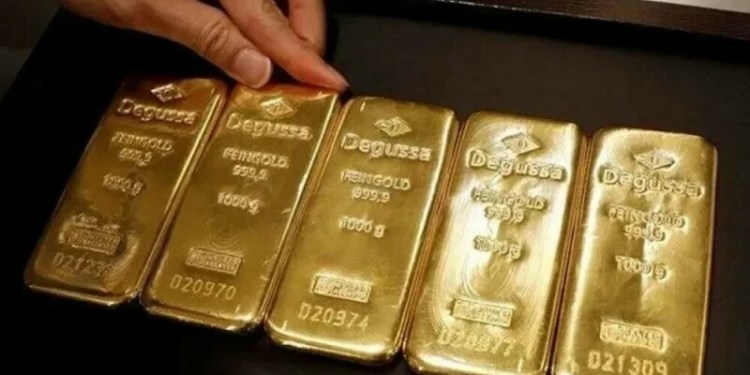© Reuters. FILE PHOTO: A pump is seen at a gas station in Manhattan, New York City, U.S., August 11, 2022. REUTERS/Andrew Kelly/File Photo
LCO
+0.31%
Add to/Remove from Watchlist
Add to Watchlist
Add Position
Position added successfully to:
Please name your holdings portfolio
Type:
BUY
SELL
Date:
Amount:
Price
Point Value:
Leverage:
1:1
1:10
1:25
1:50
1:100
1:200
1:400
1:500
1:1000
Commission:
Create New Watchlist
Create
Create a new holdings portfolio
Add
Create
+ Add another position
Close
CL
+0.43%
Add to/Remove from Watchlist
Add to Watchlist
Add Position
Position added successfully to:
Please name your holdings portfolio
Type:
BUY
SELL
Date:
Amount:
Price
Point Value:
Leverage:
1:1
1:10
1:25
1:50
1:100
1:200
1:400
1:500
1:1000
Commission:
Create New Watchlist
Create
Create a new holdings portfolio
Add
Create
+ Add another position
Close
By Yuka Obayashi and Jeslyn Lerh
SINGAPORE (Reuters) -Oil prices rose on Thursday after data showed U.S. crude stockpiles fell more than expected last week, while the Chinese central bank’s cut in banks’ reserve ratio reinforced hopes of more stimulus measures and economic recovery.
Brent crude futures gained 25 cents, 0.3%, to $80.29 a barrel as at 0430 GMT, while U.S. West Texas Intermediate crude climbed 31 cents, or 0.4%, to $75.40 a barrel.
“A significant drop in the U.S. oil inventories and expectations of China’s economic recovery and more stimulus measures supported oil prices,” said Toshitaka Tazawa, an analyst at Fujitomi Securities.
“Tensions in the Middle East were also behind buying,” he added.
U.S. crude stockpiles tumbled by 9.2 million barrels last week, the Energy Information Administration said, more than quadruple the 2.2 million-barrel draw analysts forecast in a Reuters poll.
The draw was driven by a stark drop in U.S. crude imports as winter weather shut in refineries and kept motorists off the road.
U.S. crude output fell from a record-tying 13.3 million barrels per day (bpd) two weeks ago to a five-month low of 12.3 bpd last week after oil wells froze during an Arctic freeze.
Oil prices also drew support from hopes for China’s economic recovery.
China’s central bank announced a deep cut to bank reserves on Wednesday, in a move that will inject about $140 billion of cash into the banking system and send a strong signal of support for a fragile economy and plunging stock markets.
China also said on Wednesday it is widening the uses for commercial property lending by banks in its latest effort to ease a liquidity crunch facing troubled real estate firms.
Meanwhile, geopolitical tensions in the Middle East remained in focus, though price gains were capped as risk premiums have already been priced in, said Priyanka Sachdeva, senior market analyst at brokerage firm Phillip Nova.
“There is no actual damage done to crude oil supplies … it’s mere anticipation that the Red Sea contagion will lead to further disruption in oil flow from the producing region,” said Sachdeva, adding that this anticipation has been adequately priced in.
“Oil investors do need a concrete catalyst to propel prices any further which honestly seem (to be) missing for now, Sachdeva said.
In the latest tensions, the U.S. military carried out more strikes in Yemen early on Wednesday, destroying two Houthi anti-ship missiles that were aimed at the Red Sea and were preparing to launch, the U.S. military said.
Source: Investing.com

























